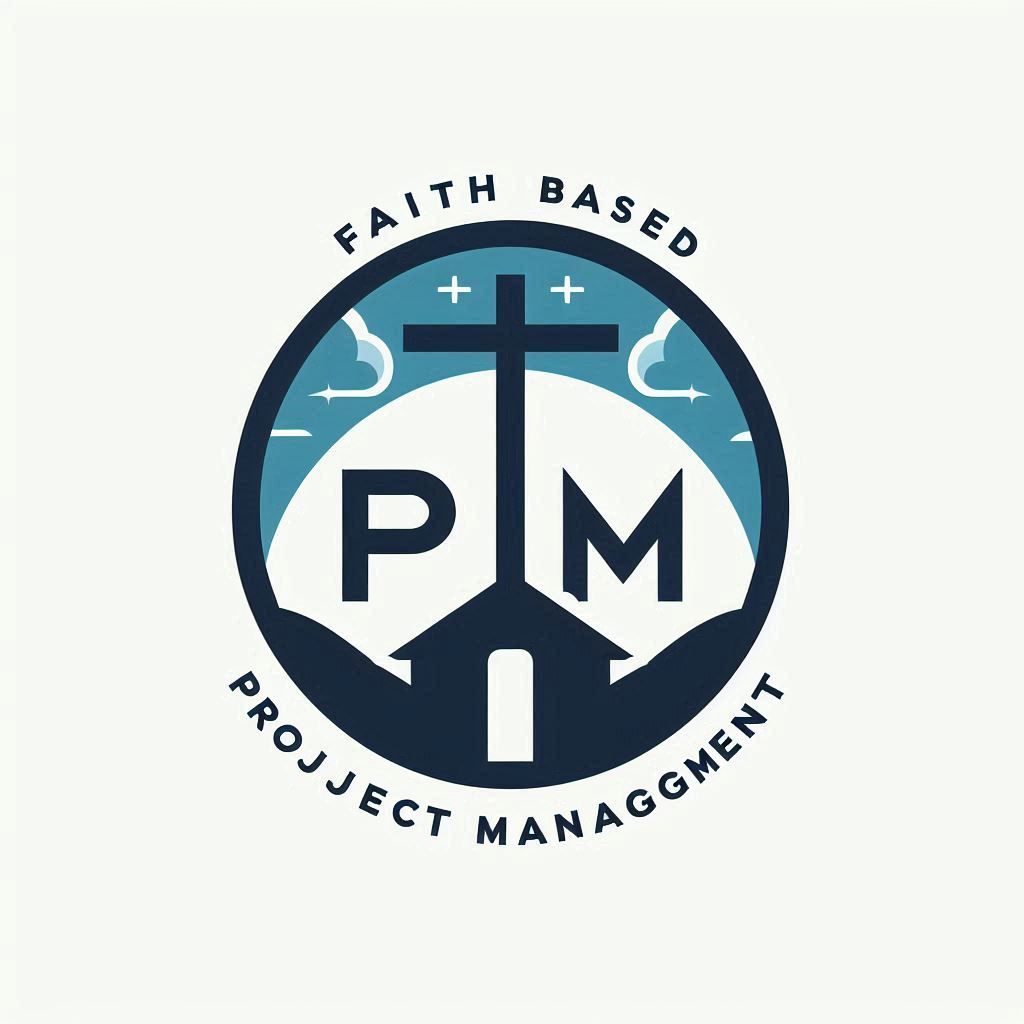Budgeting for faithfocused initiatives isn’t just about numbers and spreadsheets; it’s about bringing vision and purpose to life while honoring faith values. I’ve spent a lot of time working with faithbased organizations, and I know how challenging it can be to build a budget that truly supports your mission. From small community groups to larger ministries, getting the balance right makes the difference between thriving and just getting by.

FaithCentered Budget Planning: Setting the Groundwork
A strong faithcentered budget starts with more than just calculations; it grows out of your values and priorities. I always recommend taking the time to reflect on your core mission before getting into the numbers. This might mean starting your planning session with prayer or meditation, or simply discussing your values as a team. When everyone is on the same page about what matters most, budget decisions come much easier.
- Reflect on purpose: What specific mission has your community or initiative been called to pursue?
- Align dollars with impact: Focus on activities and expenses that help fulfill your vision, whether that’s outreach, education, or service projects.
- Gather your leadership: Bring together board members, finance committees, and trusted advisors for honest conversations about spending plans.
A faith group I know recently switched up their budget after a leadership retreat, cutting back on building costs and channeling more into a food distribution project. That decision came directly from a renewed focus on their calling, and it made a big difference in both their impact and their community’s trust.
Simple, Flexible Budget Structure for Ministries
Having a structure your team can understand (and adapt) makes budgeting a lot less intimidating. I like the simple 50/30/20 split as a starting point, which you can easily tweak to fit different ministries:
| Category | Percentage | Typical Uses |
|---|---|---|
| Mission & Ministry | 50% | Programs, outreach, worship, teaching |
| Operations | 30% | Staff, building, maintenance, insurance |
| Savings & Growth | 20% | Emergency funds, future projects, reserves |
This is just a guide. New ministries might lean more into outreach, while established groups might focus on maintaining facilities or growing savings. The big thing is being intentional: decide what’s needed, and be open about why you’re spending the way you are.
Practical Ways to Stretch Every Dollar
Getting creative with spending helps you make the most of every donation. I love seeing how faithfocused initiatives tap into their networks and use practical strategies to save:
- Shared resources: Team up with other ministries for bulk purchases or event supplies. This can drop costs and build relationships at the same time.
- Volunteer talents: Look for skills within your church or group, like accounting, web design, or repairs. Asking around for help before hiring can keep your budget in check.
- Tech for less: There are lots of free or discounted software tools for nonprofits; think Google Workspace for Nonprofits or Canva for graphic design. These are super handy and help you skip pricey subscriptions.
I know a ministry that moved their training online using free video calls and communitymade materials. It saved them thousands while letting more people join in. These small switches can lead to real savings without sacrificing quality. Asking your members to brainstorm ways to save can turn up surprisingly useful ideas too. Sometimes, a retired member might be thrilled to do bookkeeping, or someone might donate supplies that otherwise would have been purchased. Keep an open mind and you can often track down resources that fit your needs and values.
Building Trust Through Financial Transparency
Transparency really matters when you’re stewarding donations and member trust. People feel more invested when they understand how funds are managed. Faithfocused budgets benefit from open communication; clear updates and easytounderstand breakdowns go a long way.
- Share simple annual reports, even if just a onepage summary with charts or graphics.
- Include a quick financial snapshot in regular newsletters or worship services.
- Host Q&A sessions about budget decisions or invite suggestions for new projects.
- Offer visual aids—a pie chart can be easier to grasp than a spreadsheet for most folks.
I’ve seen trust grow when groups invite questions about spending, or when they celebrate how specific donations made a real difference. Members start seeing their giving as part of something bigger. Openness about finances doesn’t just build trust; it often sparks new input and involvement. People feel more connected when they’re included in these conversations and know their questions are welcome.
Preparing for Unexpected Changes
No budget is set it and forget it, especially in ministry. Having a plan for surprises, good or bad, keeps your initiatives steady. Here’s what I’ve found works really well:
- Emergency (rainyday) fund: Aim to save at least 36 months’ worth of basic expenses. This buffer supports you if a key donation drops off or new needs pop up fast.
- Be clear with surpluses: If giving exceeds expectations, decide ahead of time if that will go towards debt reduction, new service projects, or a “God fund” for promptings that align with your mission.
A youth group I know used an unexpected grant to set up a “compassion reserve.” When a local family lost their home, they had money ready to offer practical support. That planning made a huge difference in response time and peace of mind. Having an emergency plan also allows you to move quickly when opportunities arise, like a chance to support an urgent cause or expand a successful outreach with little notice.
Budgeting Pitfalls to Watch For
There are a few traps that catch even wellmeaning organizations. Here’s what I watch out for, and encourage groups to talk through openly:
- Depending too much on one donor or grant; try to have a mix of funding sources if possible.
- Overlooking small recurring expenses like subscriptions, snacks, or printing; they add up fast over time.
- Making decisions from fear rather than faith. While caution is smart, constant “what if” thinking can shrink vision and make groups overcautious.
Checking your monthly or quarterly spending against the budget can help you spot small leaks before they become a big problem. Also, be especially careful when taking on new, longterm commitments. It’s smart to regularly think on the sustainability of each project, so your efforts can last and your core mission stays funded.
Extra Tips for FaithFocused Budget Success
After years of trying different approaches, I’ve found a few habits that help faithbased initiatives thrive financially:
- Review the budget often: Look at your finances with leadership at least every quarter, not just at the end of the year.
- Use budgeting templates: There are lots of free, easytouse templates for ministries and nonprofits that keep things clear and organized (check out these church budgeting templates for ideas).
- Welcome feedback: Ask your team, members, or volunteers for their ideas and concerns about spending. Sometimes the best tips come from fresh eyes.
Every ministry context is different, so feel free to adjust these best practices to fit your unique community. Flexibility and open communication really make a difference. Regular checkups also give you a chance to catch new trends, like rising utility bills or shifts in giving patterns, so you can adjust quickly and keep your mission moving forward. Remember, planning should always leave some space for faith, creativity, and the unexpected ways your community might grow.
Common Questions About FaithBased Budgeting
Budgeting feels overwhelming at first, so it’s normal to have questions. Here are some I hear the most (and what’s worked for me and others):
How do I get started if I’ve never made a budget before?
Start simple: list all expected income (offerings, grants, fundraisers) and expenses. Don’t stress over making everything super detailed right away. Just getting something written down is a victory and gives you a foundation to build on for the future.
What if we can’t meet our budget goals?
Stick to the basics: focus on missionfirst priorities, trim nonessentials, and talk openly with your community about the challenge. Honest updates often encourage extra giving or creative solutions, and someone may have a suggestion or contact that turns things around.
How can I encourage more transparency?
Keep financial updates simple and regular. Share successes, challenges, and stories showing where money has made an impact. Transparency is a habit, not a onetime item. Invite questions at volunteer meetings or in casual settings, and use visuals to help get your message across to all ages. The more natural these conversations become, the easier it is for everyone to get involved.
Wrapping Up: Making Faith and Finance Work Together
Building a budget for faithfocused initiatives is an adventure that blends practical choices with spiritual purpose. I find that when groups stay honest, flexible, and rooted in their mission, the financial side becomes a tool for greater impact, not an obstacle. If you’re starting this process, give yourself some grace. Mistakes happen, but so does growth. Keep centering everything on your values, invite others into the process, and celebrate progress as you go.
If you have a budgeting tip or a question you’ve been wrestling with, I’d love to hear from you below. Sharing experiences and solutions helps the whole community get stronger and wiser together.
